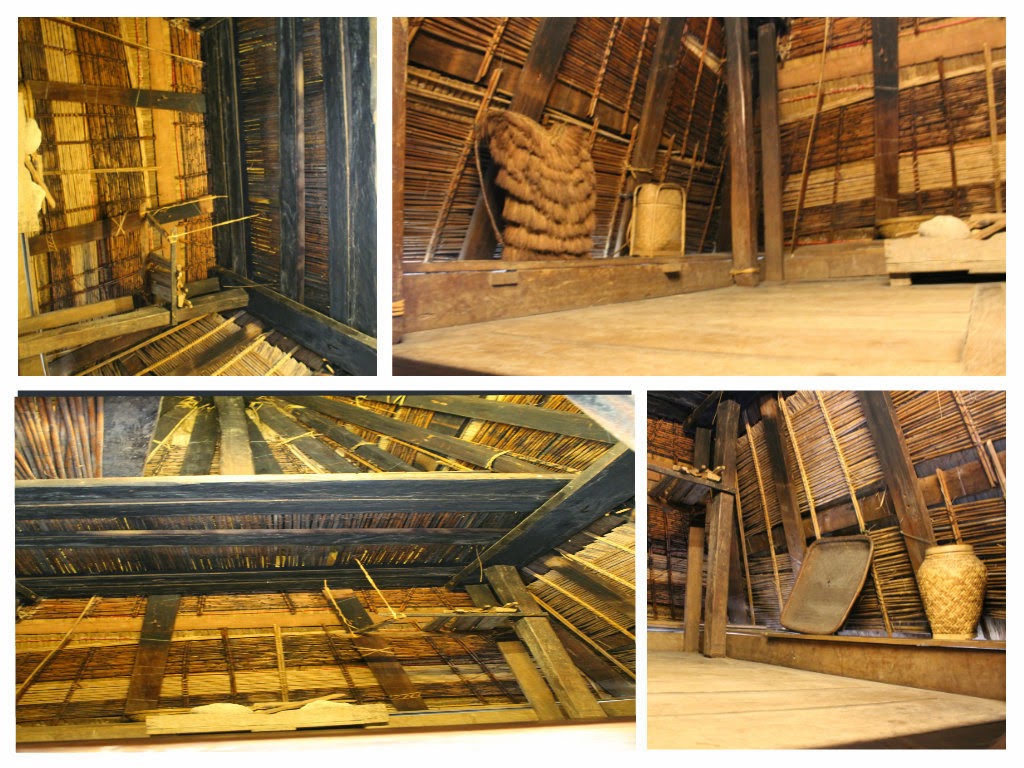El Presidente: The General Emilio Aguinaldo Story and the First Philippine Republic
What is Heroism? What is Brotherhood? What is Motherland? These are questions that the movie tells about. Heroism is a great courage and bravery which General Emilio Aguinaldo clearly acts for our country in their times, for us to experience the true value of our Independence today with the help of KKK (Kataas-taasan, Kagalang-galangang Katipunan ng mga Anak ng Bayan). This brotherhood contains deep affection and loyalty in common that victoriously led Philippine revolution for the sake of the love in our motherland. The motherland is the country in which we feel emotionally linked and is the country which our ancestors born and died with, the land of pearl of the orient Philippines.
As I grow and go schooling, I know our Philippine history is something we should be proud of but watching this movie help me to understand more the true events happens in what the battle is about. My primary and secondary history class thought me, that when somebody says “Andres Bonifacio -the Father of the Philippine Revolution” that simply means he died fighting for our country, sadly the movie opened my mind that something went wrong in his days. The first initiations for the brotherhood happened in KKK, I just thought and knew that when someone volunteers and has the same faith to serve the country, someone have to just go with them yet the movie shows, it’s not that easy even General Emilio Aguinaldo experience initiation. “Katipunero” first thing that come to my mind is swords, knives, bow and arrow but the movie clearly confirms that they knew about guns. Katipunero’s use guns as their weapons and that in the Spanish empire in the Philippines some Filipino men do belong in Spanish armies and fighting for them.
The film was worth watching and gives me interest to watch more of this kind. Every one of us is a leader in our own self. General Emilio Aguinaldo as the first President of Revolutionary Government, He himself decide not just for what he wants but for the sake of our motherland, being a leader is a risk and takes a lot of courage. For some realizations, apart from the victory of our history, we are slaves today. We have to be thankful for the courage of our Heroes, for without them we can’t have our independence. We have to value and continue to pass on the awareness of our history, their intellect in winning their battles and their pure love for our motherland. In our present days where social media, gadgets and technology never stops we have to do our part to carry on the influence of heroism to our next generation. In wherever place that the future may lead us, we can proudly say that “I am a Filipino in thoughts, words and action.” Praise be to God.


























